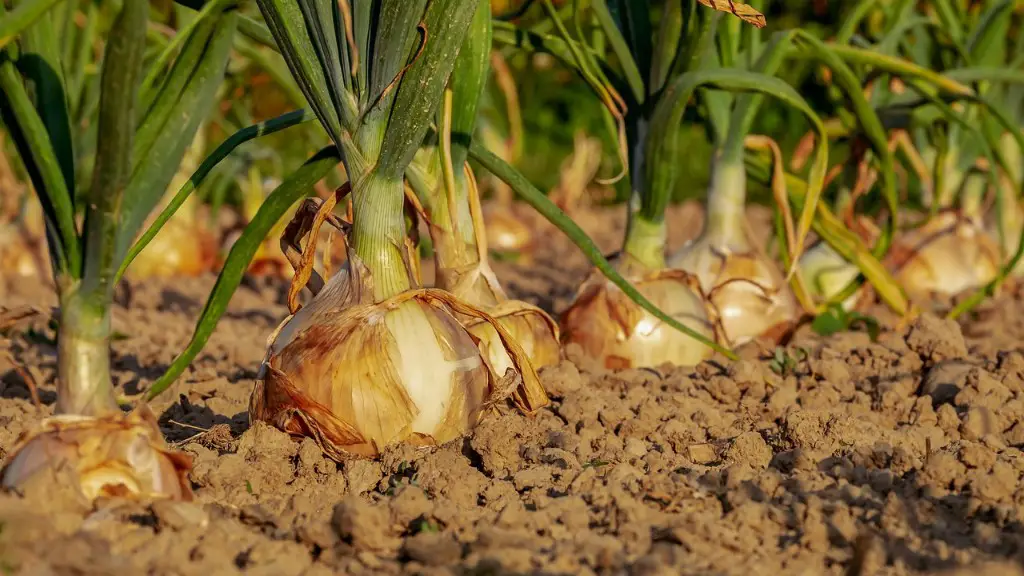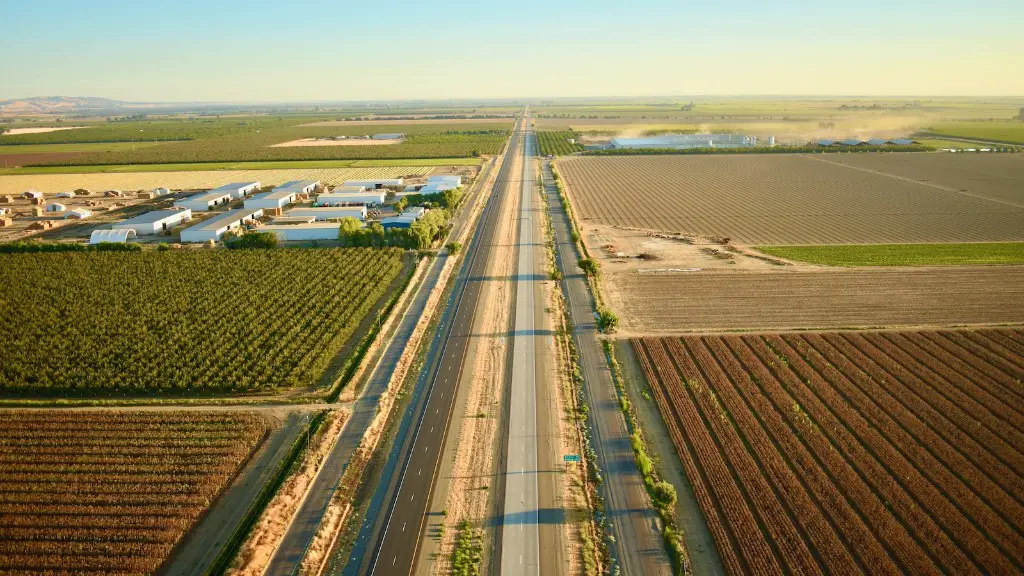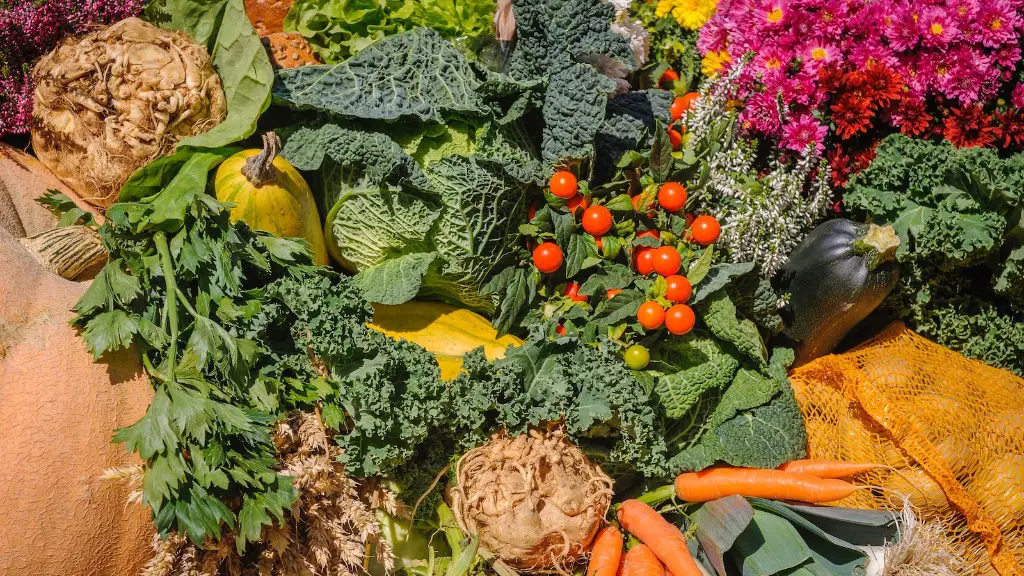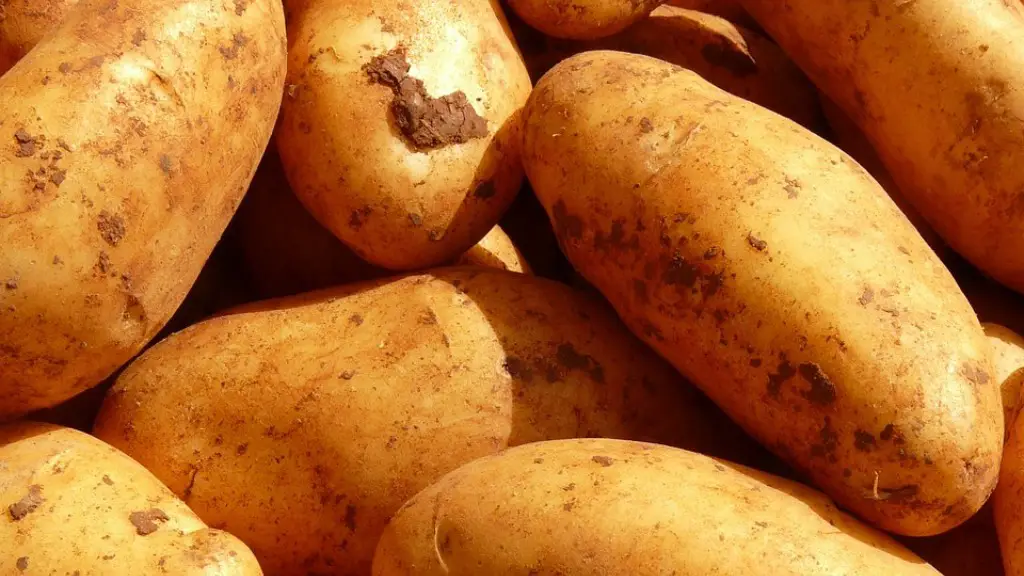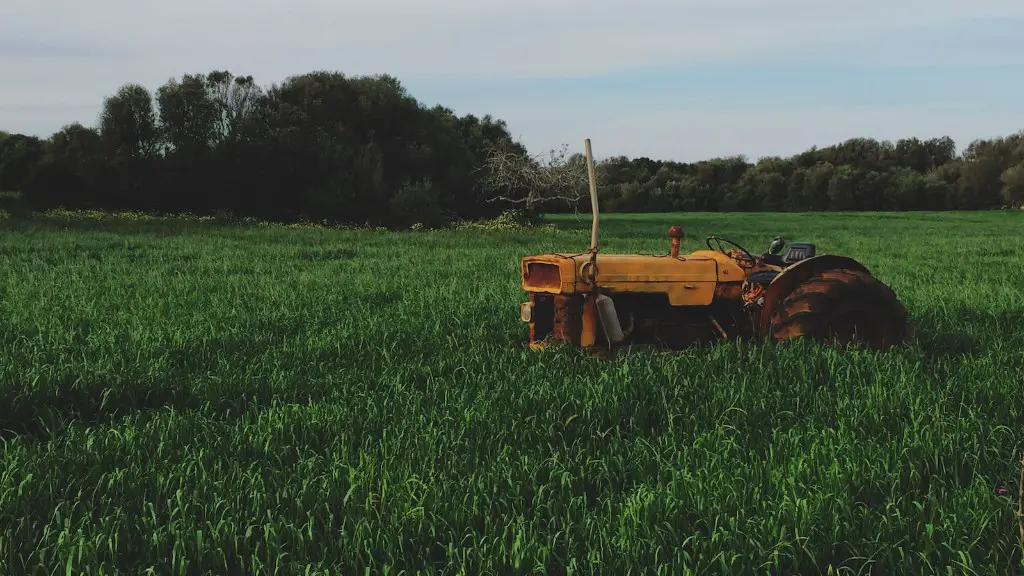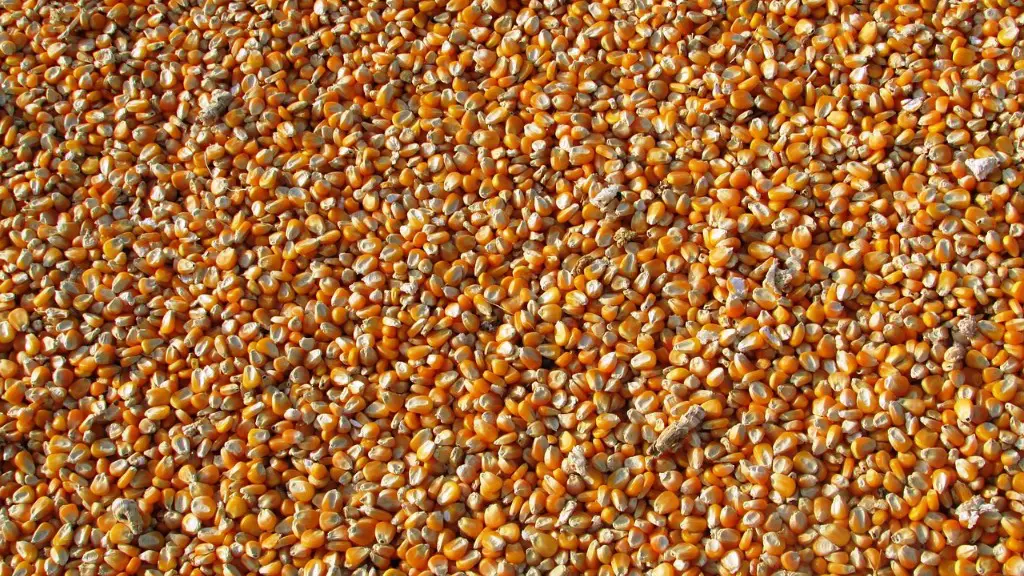Commodity investing is often categorized as a high risk/high reward type of investment. Many commodities, including agricultural commodities, are traded on futures exchanges. These types of investments may not be suitable for all investors. Before investing in any type of commodity, it is important to research the market and understand the risks involved.
There is no one-size-fits-all answer to this question, as the best way to invest in agriculture commodities depends on your individual circumstances and investment objectives. However, some general tips on how to get started include diversifying your portfolio across different types of agriculture commodities, and investing in both physical commodities and futures contracts. You should also pay attention to global trends in agriculture, as these can impact prices and supply levels. And finally, consult with a financial advisor to get tailored guidance on how to best invest in agriculture commodities.
How to invest in farming commodities?
Farming-focused real estate investment trusts (REITs) are a good way for investors to get exposure to the farming industry without actually owning a farm. These REITs typically purchase farmland and then lease it to farmers. Some examples of farming-focused REITs include Farmland Partners Inc (FPI) and Gladstone Land Corporation (LAND).
Teucrium Soybean, Corn, and Wheat funds are the top-performing agricultural commodities ETFs ranked by 1-year performance. All three funds have had strong returns over the past year, with the Teucrium Soybean fund leading the pack with a return of over 30%.
What is the best agricultural stock to invest
There are a number of agriculture stocks that are worth investing in during 2023. Corteva, Inc. (NYSE: CTVA) and Nutrien (NYSE: NTR) are two of the largest and most well-established companies in the industry. FMC Corp (NYSE: FMC) and Tyson Foods (NYSE: TSN) are also two companies with strong dividend yields that are worth considering.
In recent years, the leading agricultural export products in terms of value have consistently been bulk commodities including soybeans, corn, and wheat. Top US exports of high-value products include feeds and fodder, beef and veal (fresh or frozen), and pork. These products make up a large portion of the US agricultural export industry and are vital to the US economy.
Can you get rich investing in commodities?
There are a few things to consider when thinking about commodity investing. First, commodities are subject to fluctuations in the market through exchange rates, interest rates, and the global economy. However, global demand is strong and there is the potential to maximize returns. Second, commodities can be a hedge against inflation. And finally, commodities can provide diversification benefits.
The Invesco DB Agriculture Fund DBA is the largest Agriculture ETF with $97756M in assets. In the last trailing year, the best-performing Agriculture ETF was SGG at 2634%. The most recent ETF launched in the Agriculture space was the Invesco Agriculture Commodity Strategy No K-1 ETF PDBA on 08/24/22.
What is the #1 agricultural commodity in the US?
The United States is a major producer of corn and soybeans, with the majority of these crops grown in the Midwestern states. Corn is the largest crop in terms of total production, while soybeans are the second largest. Both crops are important for the US economy and play a significant role in the country’s agricultural sector.
California is the top agricultural producing state in the US and is responsible for a significant portion of the country’s agricultural output. The state’s top 10 agricultural commodities are dairy products, milk, grapes, almonds, cattle and calves, hay, vegetables, fruits, nuts, and cotton. California produces more than half of the country’s grapes and almonds, and a significant portion of its milk, vegetables, fruits, and nuts.
What are the big 4 commodity crops
The big four crops – maize, rice, wheat and potatoes – provide the majority of global energy intake, with just 15 crops providing 90 percent. These crops are staples for about 5 billion people, making them an important part of the global food supply.
Farmland is a strong investment because it is not correlated with other asset classes and it offers protection against inflation. Agricultural commodity prices have a strong correlation with inflation, meaning that as the cost of food rises, so does the value of farmland. This makes farmland an ideal investment for those looking to protect their portfolio against inflation.
Is it worth investing in agriculture?
With the world population expected to hit 9.7 billion by 2050, there will be an increasing demand for food. This makes farmland and agriculture an interesting investment for the future.
There are different ways to invest in farmland and agriculture. One way is to invest in real estate, for example by buying a farm. Another way is to invest in the business side of things, for example by investing in agricultural technology. And of course, there is also the option of simply investing in good old-fashioned farming.
Each option has its own advantages and disadvantages, but all offer the potential for profitable returns in the future. So, it is definitely worth considering farmland and agriculture as part of your investment portfolio.
Farmland is a great investment for those looking to create wealth in both the short- and long-term. The land parcel itself is a hard asset and typically maintains its value, meaning it can help diversity your holdings and balance out some of your riskier stock market investments. Plus, with the right management, farmland can offer a great return on investment.
What is the most profitable farm crop
There is a vast array of profitable crops that one can grow, and the list provided above is just a small sampling of what is possible. While some of these crops are more labor intensive than others, they all have the potential to bring in a good profit. For those looking to get started in crop farming, these thirteen options are certainly worth considering.
Crop cash receipts totaled $2410 billion in calendar year 2021. Receipts from corn and soybeans accounted for $1212 billion (503 percent) of the total. Other major crops include wheat, cotton, and rice.
What is the most profitable crop per acre?
Saffron
Saffron is the most expensive crop in the world. It is used in various cuisines and is known for its medicinal properties. Saffron can be grown in 1 acre land and can yield huge profits.
Mushrooms
Mushrooms are easy to grow and are a popular cash crop. They are rich in nutrients and have various health benefits. Mushrooms can be grown in 1 acre land and can yield huge profits.
Microgreens
Microgreens are young greens that are harvested when they are 2-3 inches tall. They are packed with nutrients and have a milder flavor than mature greens. Microgreens can be grown in 1 acre land and can yield huge profits.
Lavender
Lavender is a popular herb that is used for its fragrance and medicinal properties. It can be grown in 1 acre land and can yield huge profits.
Goji Berries
Goji berries are a popular superfood that is packed with nutrients. They can be grown in 1 acre land and can yield huge profits.
The 10 top commodities to trade are gold, silver, crude oil, natural gas, copper, coffee, soy beans, iron ore, and more. These items are regularly traded and are in high demand. They offer great opportunities for those looking to invest in commodities.
Final Words
To invest in agriculture commodities, you will need to find a broker that offers these types of investments. You will also need to do research on the different types of agriculture commodities and how they are priced.
The Agricultural commodities market is a great way to invest in the future of the agricultural industry. By investing in agricultural commodities, you are investing in the future of the world’s food supply. The agricultural industry is constantly changing and evolving, and by investing in agricultural commodities, you are ensuring that you are a part of that change.
